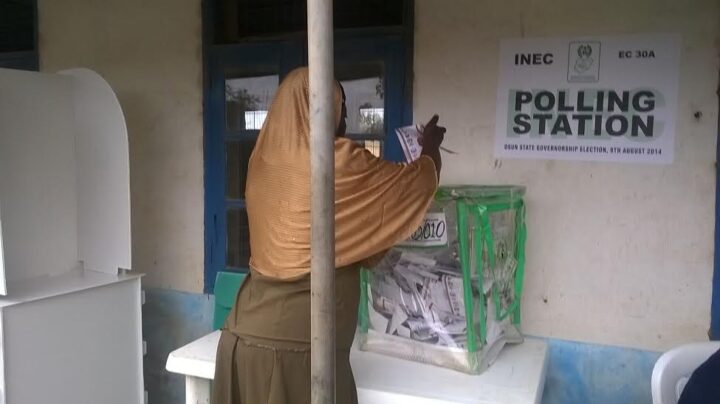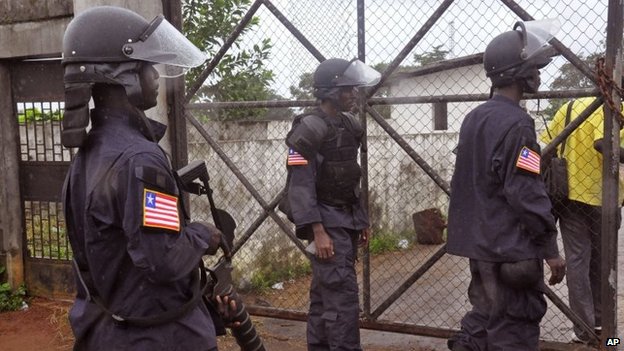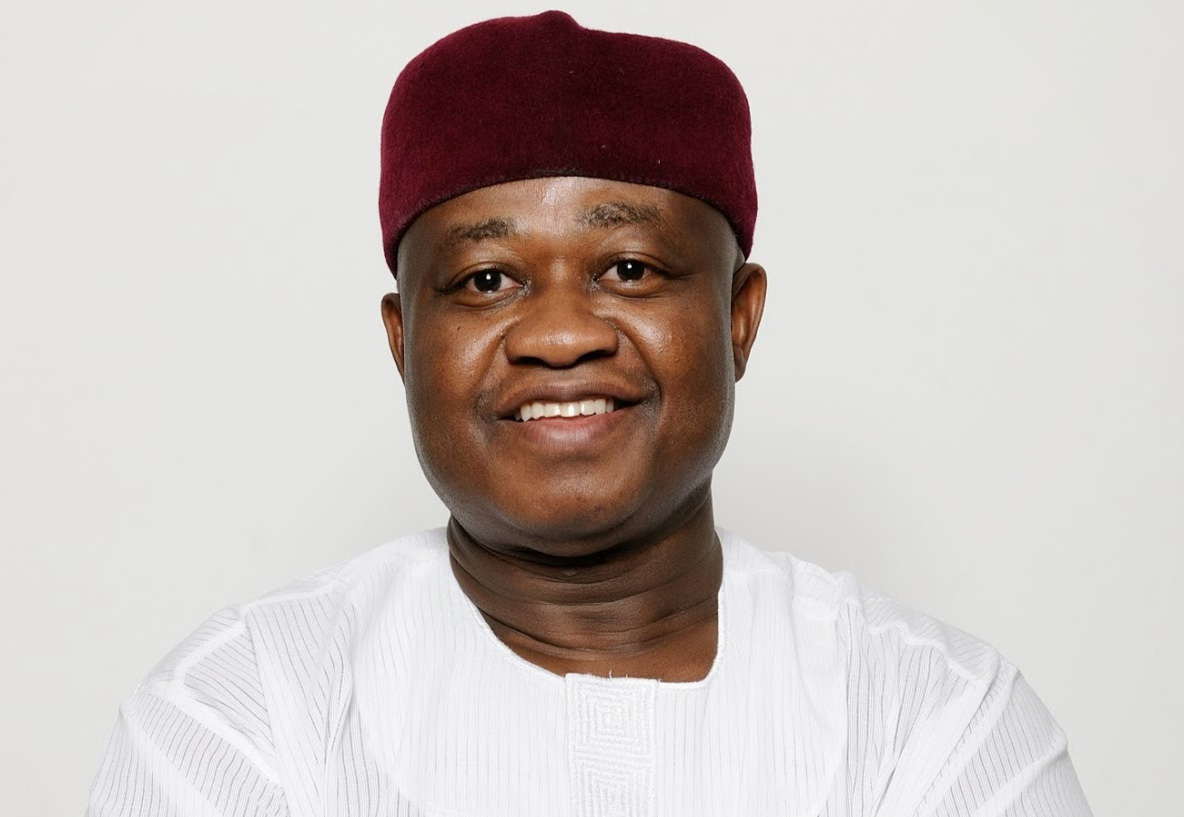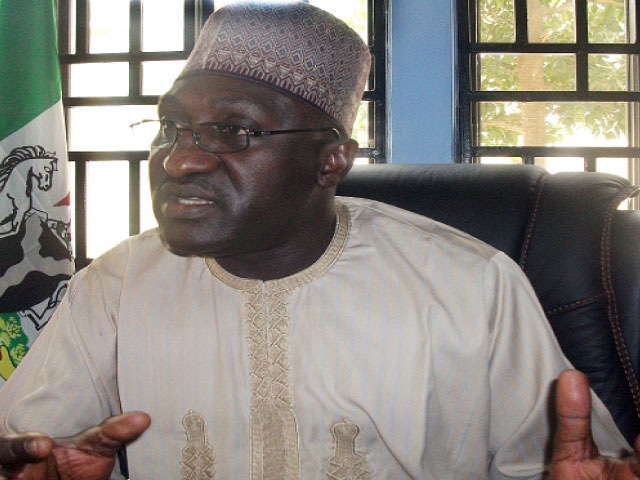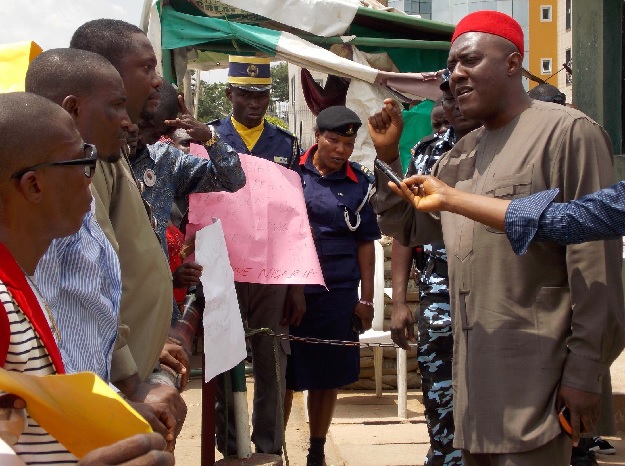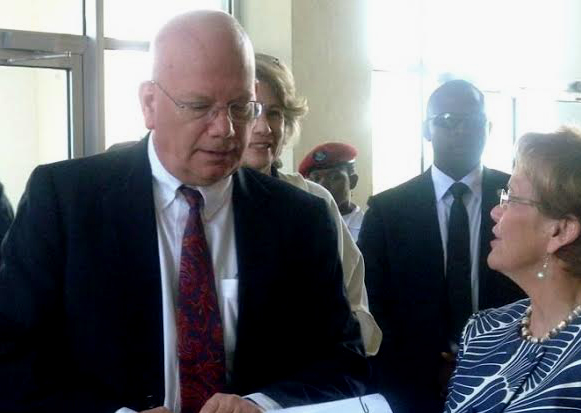A few weeks ago, Femi Aribisala, a columnist, wrote an article titled, ‘Who Believes the Lie that There Are More People in the North Than in the South?’ Arguing that more people live ‘in the wet, coastal, more-developed South’ than ‘in the arid less-developed Northern part of Nigeria’, Aribisala accused the Independent National Electoral Commission (INEC) of fraud in the proposed creation of 30,027 additional polling units.
In the wake of INEC’s proposal to create additional polling units, we have all been witnesses to the exchanges between INEC and its detractors. INEC’s representatives ratiocinate, Aribisala ratiocinates, but it is clear what falsifiable evidence INEC’s position is based on. To what evidence does Aribisala appeal? Anecdotes? Unsupported parochial claims?
First, Benue, Kogi, Kwara, Nassarawa, Niger, Plateau, Adamawa, Bauchi, Borno, Gombe, Taraba, Yobe, Jigawa, Kaduna, Kano, Katsina, Kebbi, Sokoto, Zamfara, and the FCT are together more populous than all the rest of the country put together.
Second, there is a difference between population-density and population.
Advertisement
For what it is worth, Aribisala found it useful to employ the controversial 2006 census figures, so I have no hesitation using them myself.
The land area for Kaduna state is 46,053 sq km so that with a population of 6,113,503 Kaduna has a population-density of ~133 per sq km.
And, if anyone thinks it is accurate to describe Kaduna in its entirety as arid, I would have to go back and look up the meaning of arid in a dictionary.
Advertisement
On the other hand, the land area for Abia state is 6,320 sq km, which with a population of 2,845,380 gives a population-density of ~450 per sq km.
A population-density of 450 per sq km is more than thrice 133 per sq km, still Kaduna’s population is more than twice that of Abia’s.
Population-density is neither a function of population alone nor of land area by itself – it is a function of both actual population and land area.
For comparison, the land area for Lagos state is all of 3,577 sq km – an area only slightly larger than half of the area that is Abia state and which can be taken out of the area that is Kaduna state twelve times over. This is why one cannot on the basis of the population-densities of Lagos, Ibadan and Aba argue that the population of Lagos, Oyo and Abia states, together, is higher than the total for the states in the North or whatever it is that Aribisala would have us believe.
Advertisement
Third, we should not agree with anyone who knows Benue state is part of Northern Nigeria and claims Northern Nigeria is arid space.
Benue state is forest and Guinea savannah.
Well, no true Nigerian should be surprised there is forest in the North.
Any Nigerian who knows so much about the banks of the Nile ought to know about the banks of the Benue as well. Aridity should not be used as a regional stereotype, and Guinea savannah is not Sudan savannah nor is that Sahel savannah.
Advertisement
Consider that all our hopes were raised when we learnt our abducted schoolgirls were being held in a Sambisa f-o-r-e-s-t. We hoped that they would be located and freed. Let us exaggerate and say that human depredation and climate change have eaten up 70% of Sambisa, that still leaves 206 sq km of forest because the original area of that forest is about 686 sq km. Sambisa is of course in Nigeria’s northeast.
And, it is not a freak of nature that ‘arid less-developed’ Mali has a larger population than the contiguous, ‘wet, coastal, more-developed’ Senegal. Not all of Mali is arid nor all of Senegal coastal but let us leave that aside.
Advertisement
We know the member countries of ECOWAS, so when Aribisala says, ‘All over West Africa, the coastal states are more densely and highly populated than the arid desert hinterlands’. Does he mean Sierra Leone is more populous than Niger? Cape Verde is the most coastal of coastal West African states, is it more highly populated than the landlocked Burkina Faso?
Fourth, incidences of polio in Northern Nigeria were enough, unfortunately, to make our country one of the three in the ‘whole wide world’ where polio is still endemic. I do not understand Aribisala’s befuddled reference to child immunisation figures.
Advertisement
Fifth, one cannot say place A is less developed than place B and expect the number of cars in place A to be as much as the number of cars in place B. On the surface of it alone, such an expectation flies in the face of what one knows. Apart from prejudice, it would be hard to justify such expectation.
And, the number of cars in place B does not mean place A is less populous than place B. Human population figures are based on counting and estimating the numbers of human beings, not cars. If we want, we can count the number of cars in the United Kingdom – it will not make the United Kingdom more populous than Ethiopia.
Advertisement
And, if we ever discover that there are more cars in Ekiti state than in Yobe state, let us remember that the Human Development Index (HDI) for Ekiti is 0.528 while HDI for Yobe is a low 0.292.
Also, if we are wondering why every woman, child and man has not left the arid Yobe (Pride of the Sahel) to live in Lagos, which has an HDI of 0.621, let us just consider that for various reasons a significant number of people will not leave their homes, relatives, to go to that ‘promised land’ at one end of the Lagos-Ibadan motorway.
Not everyone has the information required to migrate. Not everyone can afford what it costs to hang on the back of a produce truck and travel the road for well-over 48 hours. Not everyone has the courage to go, without any contacts or prospects, to a strange city. That is what an HDI of 0.292 means.
Sixth, the 2006 population figure for Zamfara is 3,278,873.
The gross number of voter registrations in Zamfara was 1,824,316, and that means ~56% of the people in Zamfara registered to vote.
Aribisala claimed, ‘That means 62.5% of the people in Zamfara registered to vote’.
The difference between 62.5% and 56% is significant, and 56% is not roughly equal to ‘the 64% of people who registered to vote in the 2012 elections in the United States’, which is what Aribisala claims.
Seventh, after INEC removed double registrations and other registrations that did not meet the criterion of unique fingerprints from at least four fingers for each individual, the gross registrations of 1,824,316 on the Zamfara register reduced to 1,802,301 names, all the latter having been verified as unique registrations.
Aribisala claims that ‘only 914,886 of the names on the Zamfara register could be verified as not pertaining to double registration’.
Well, what the figures say is 1,802,301 not ‘914,886’.
Please note, for comparison, that the number of spurious registrations deleted from the register after the verification process:
- In Zamfara was 22,015
- In Edo was 62,288
- In Oyo was 85,008
- In Anambra was 227,210
That is based on the numbers published in 2011 and the post-verification numbers released 10 September, 2014. It is revealing that Aribisala says nothing of Anambra in his piece.
On what basis does Aribisala make this claim, ‘INEC discovered in its clean-up exercise this year that 1.1 million of those voters (over 50%) were fraudulent; the result of double registration’?
How can 22,015 be 50% of 1,824,316? What is Aribisala’s source?
I urge those who read me to look for anyone trustworthy, who participated in the observation of the last elections in Anambra, and try to get a sense of the challenges INEC had in that state. That is assuming that you my reader were not yourself on the ground, assuming that you are unaware of the challenges that came up in the conduct of that election.
What INEC did with the proposed allocation of polling units is establish decongestion of polling units as the basis for creating new ones.
INEC proposed that Nigeria have 150,000 polling units (30,027 additional polling units plus 119,973 old polling units). If out of 150,000 polling units anybody talks only about the location of 30,000 additional polling units, we must ask ourselves: what of the remaining 120,000 polling units?
- Olusolape, a research analyst with WANGONeT, travels widely around the country

